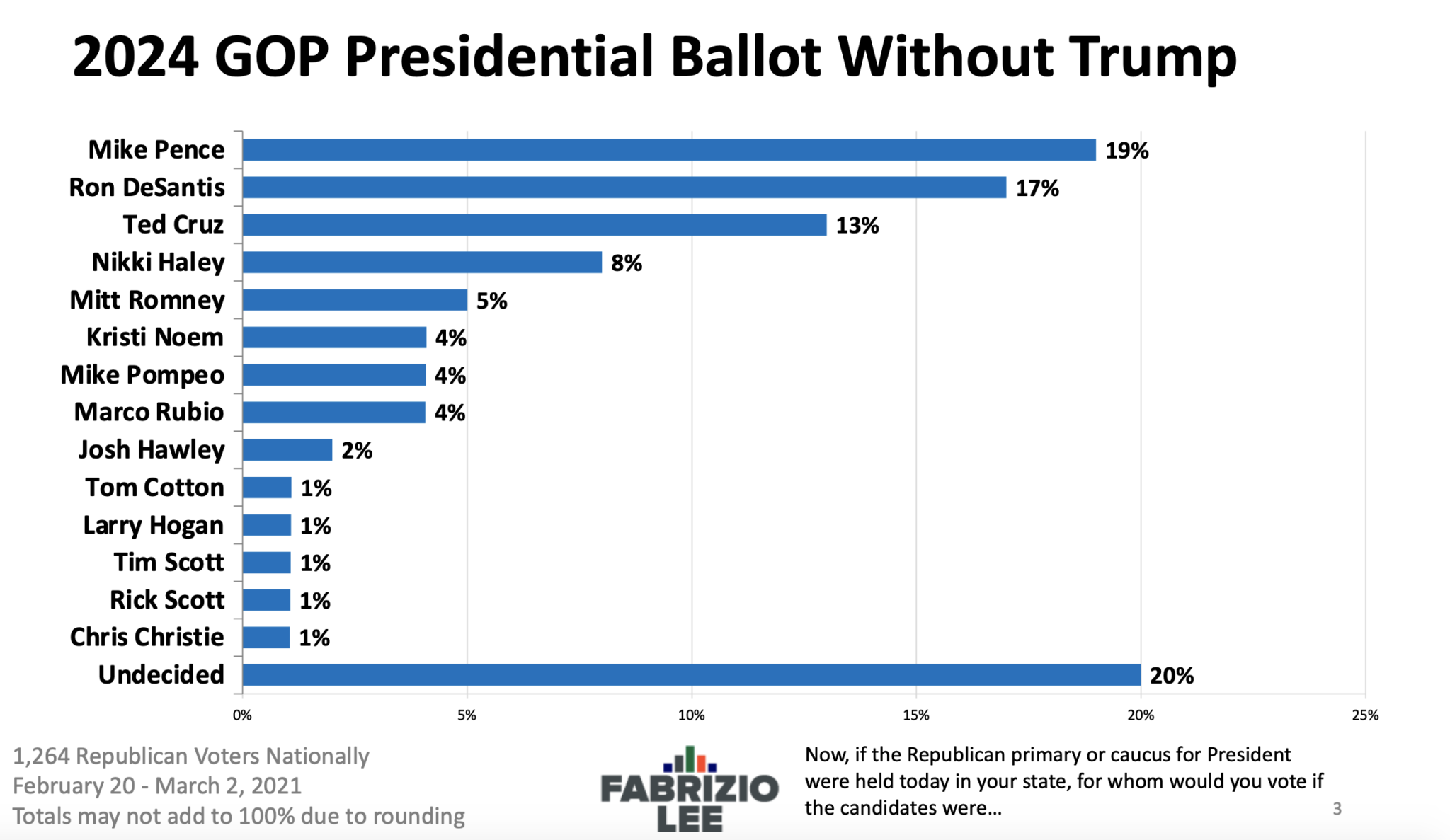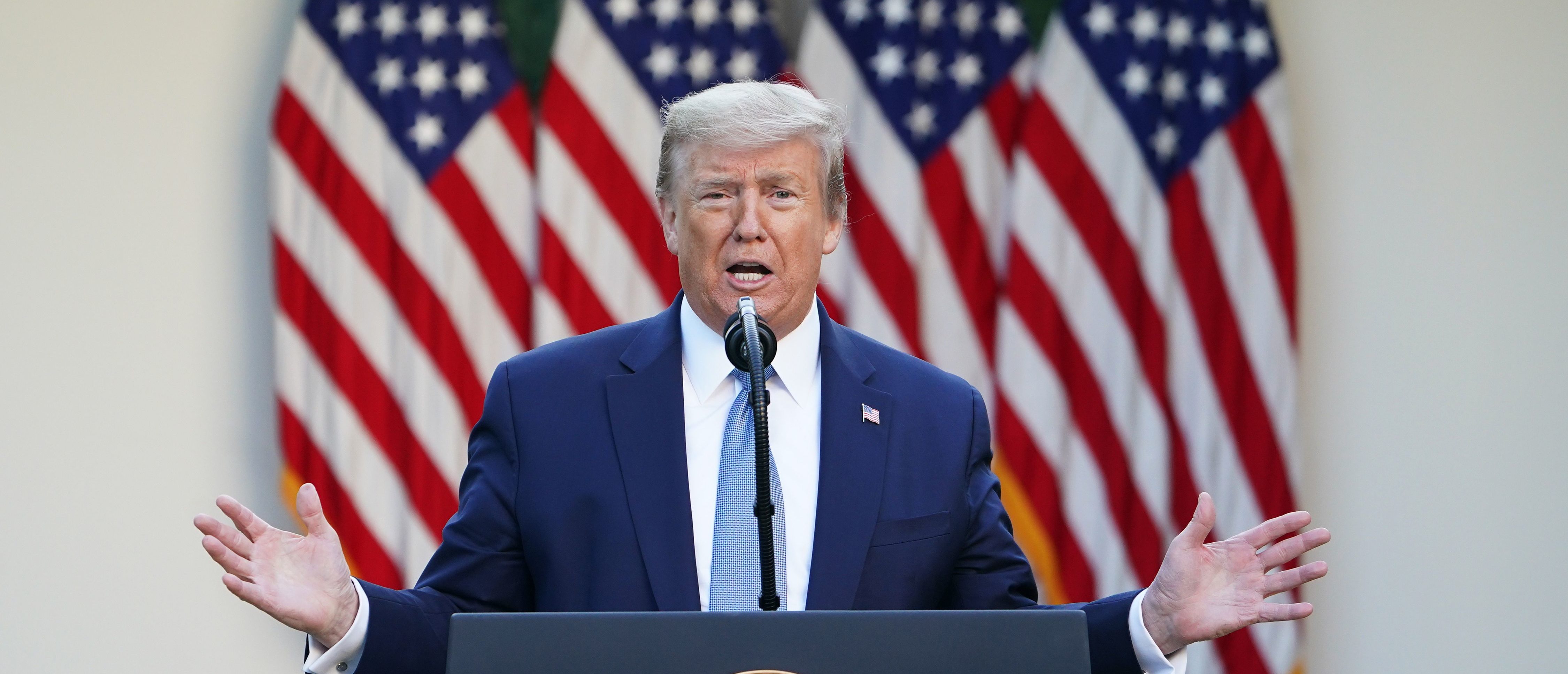Rasmussen Presidential Poll

The Rasmussen Reports Presidential Poll is a well-known and influential gauge of public opinion regarding the presidential race in the United States. It is conducted by Rasmussen Reports, a polling firm that has been tracking public opinion on various issues since 2003.
History and Methodology
Rasmussen Reports was founded in 2003 by Scott Rasmussen, a former political strategist and journalist. The company quickly gained recognition for its innovative polling methods and its focus on providing accurate and timely data to the public. Rasmussen Reports utilizes a variety of methodologies for its polls, including telephone surveys, online surveys, and a combination of both. The company emphasizes the importance of conducting polls that are representative of the American population.
Target Audience and Sample Size
Rasmussen Presidential Polls target a representative sample of registered voters across the United States. The sample size for these polls typically ranges from 1,000 to 1,500 respondents, which is considered a statistically significant sample size for national polls. Rasmussen Reports uses a stratified sampling technique to ensure that the sample is representative of the demographics of the American electorate.
Key Metrics
Rasmussen Presidential Polls measure a variety of key metrics related to the presidential race, including:
- Candidate favorability: This metric measures the percentage of voters who view each candidate favorably or unfavorably.
- Candidate support: This metric measures the percentage of voters who would vote for each candidate in a hypothetical election.
- Voter turnout: This metric measures the percentage of voters who are likely to vote in the upcoming election.
- Issue salience: This metric measures the importance of different issues to voters.
Examples of Past Results and Impact, Rasmussen presidential poll
Rasmussen Presidential Polls have consistently provided valuable insights into the dynamics of presidential elections. For instance, in the 2016 presidential election, Rasmussen Reports accurately predicted the outcome of the race in several key swing states. The poll’s findings also highlighted the importance of voter turnout and the potential impact of third-party candidates.
“Rasmussen Reports has a long history of accurately predicting election outcomes. Their polls have been instrumental in providing insights into the dynamics of presidential elections.” – [Source: Political Analyst]
These examples demonstrate the significance of Rasmussen Presidential Polls in providing a real-time snapshot of public opinion and influencing the political landscape.
Analyzing Rasmussen Presidential Poll Data

The Rasmussen Reports Presidential Poll is a well-known survey that provides insights into public opinion regarding the current presidential race. However, it’s crucial to analyze its data critically, comparing it with other polls and acknowledging its potential biases and limitations. Understanding polling trends and shifts in public opinion is essential for grasping the evolving political landscape.
Comparing Rasmussen Presidential Poll Results with Other Reputable Polls
To gain a comprehensive understanding of public opinion, it’s essential to compare Rasmussen Presidential Poll results with other reputable polls. This allows for a more nuanced assessment of the data and helps identify any potential discrepancies or biases.
- Consistency and Divergence: Analyzing the consistency and divergence of results across different polls provides valuable insights. For example, if a particular candidate consistently receives higher support in Rasmussen polls compared to other surveys, it might indicate a potential bias in the Rasmussen methodology or a specific demographic skew in their sample.
- Pollster Reputation: It’s crucial to consider the reputation and methodology of each pollster. Organizations like the Pew Research Center, Gallup, and the Associated Press-NORC Center for Public Affairs Research are widely recognized for their rigorous polling practices. Comparing Rasmussen results with these reputable polls helps assess their relative accuracy and reliability.
- Sampling Methods: Examining the sampling methods employed by different pollsters is essential. Rasmussen Reports utilizes a combination of automated phone calls and online surveys, which can introduce potential biases compared to other polls that rely on random sampling methods. Understanding these differences helps interpret the results more accurately.
Potential Biases and Limitations of Rasmussen Presidential Polls
Rasmussen Presidential Polls, like any other poll, have inherent limitations and potential biases that need to be considered. These limitations can influence the accuracy and representativeness of the results.
- Sampling Bias: Rasmussen’s reliance on automated phone calls and online surveys can introduce sampling bias. Not everyone has a landline phone or access to the internet, potentially excluding certain demographics from the sample. This can skew the results and make them less representative of the overall population.
- Response Bias: People who choose to participate in polls may have different opinions or motivations than those who decline. This can lead to response bias, where the results don’t accurately reflect the views of the broader population.
- Question Wording: The wording of survey questions can significantly influence respondents’ answers. Rasmussen’s questions may differ from those used by other pollsters, potentially leading to variations in results. Carefully examining the question wording helps understand any potential biases introduced by the survey design.
Significance of Polling Trends and Shifts in Public Opinion
Polling trends and shifts in public opinion are crucial indicators of the political landscape. They provide valuable insights into the electorate’s sentiments, preferences, and concerns.
- Electoral Momentum: Polling trends can indicate a candidate’s electoral momentum. A consistent rise in support suggests a growing base of voters and potential for success in the election. Conversely, a decline in support may signal waning enthusiasm or a shift in public opinion.
- Issue Salience: Shifts in public opinion on specific issues can influence the political discourse and policy priorities. For example, a surge in support for a particular policy might prompt candidates to prioritize that issue in their campaigns.
- Political Strategy: Polling data helps candidates and political strategists understand the electorate’s preferences and tailor their campaigns accordingly. By analyzing polling trends, they can identify key issues, target specific demographics, and adjust their messaging to maximize their chances of winning.
Data Visualization of Rasmussen Presidential Poll Results
To effectively communicate the evolution of Rasmussen Presidential Poll results over time, a data visualization can be employed. A line chart with time on the x-axis and poll results on the y-axis would be a suitable option.
A line chart showing the percentage of support for each candidate over time would clearly illustrate any trends or shifts in public opinion. Different colored lines representing each candidate would enhance readability and clarity.
Impact of Rasmussen Presidential Polls

Rasmussen Reports, a well-known polling organization, has gained significant recognition for its presidential polls, influencing media coverage, shaping campaign strategies, and impacting public discourse. These polls, known for their unique methodology and focus on likely voters, have become a key source of information for political analysts, journalists, and voters alike.
Influence on Media Coverage and Public Discourse
Rasmussen Reports’ presidential polls have a considerable impact on media coverage and public discourse, often shaping the narrative surrounding the election. Their findings are widely reported by news outlets, providing insights into the evolving political landscape. The polls’ emphasis on likely voters, a distinct feature compared to other polls, adds to their perceived relevance and influence.
- Increased Media Attention: Rasmussen Reports’ presidential polls frequently make headlines, drawing attention to specific candidates and their performance. This media coverage can amplify the polls’ influence, shaping public perception of the race.
- Public Discourse: Rasmussen Reports’ polls often fuel public discourse, prompting discussions and debates on various political issues. Their findings can spark conversations about candidate strengths and weaknesses, policy positions, and the overall direction of the campaign.
Role in Shaping Campaign Strategies and Voter Behavior
Rasmussen Reports’ presidential polls play a crucial role in shaping campaign strategies and influencing voter behavior. Candidates and their campaigns closely monitor the polls to assess their standing, identify key issues, and adjust their messaging accordingly.
- Campaign Strategy: Campaigns use Rasmussen Reports’ data to identify key demographics, understand voter concerns, and tailor their messages to resonate with specific audiences. This information helps them allocate resources, focus their efforts, and refine their campaign strategies.
- Voter Behavior: Rasmussen Reports’ polls can influence voter behavior by providing insights into the perceived frontrunners and the evolving dynamics of the race. This information can impact voter decisions, particularly for undecided voters who may be swayed by the polls’ findings.
Ethical Considerations Surrounding the Use of Polling Data
While Rasmussen Reports’ presidential polls provide valuable information, ethical considerations arise concerning their use in political campaigns. Some argue that the polls can create a “bandwagon effect,” where voters are influenced by the perceived momentum of a particular candidate, potentially leading to biased outcomes.
- Bandwagon Effect: The bandwagon effect occurs when voters are more likely to support a candidate who is perceived as leading in the polls. This can create a self-fulfilling prophecy, where the polls themselves influence the outcome of the election.
- Misinterpretation of Data: Misinterpretation of polling data can lead to flawed campaign strategies and inaccurate predictions. Campaigns may overemphasize certain findings, ignoring potential biases or limitations in the polling methodology.
Impact Comparison with Other Prominent Polls
| Poll | Impact on Media Coverage | Influence on Campaign Strategies | Ethical Considerations |
|---|---|---|---|
| Rasmussen Reports | High | High | Bandwagon effect, misinterpretation of data |
| Gallup | High | High | Sample size, potential bias |
| Pew Research Center | Moderate | Moderate | Focus on specific demographics |
| CNN/ORC | High | High | Timing of polls, potential for bias |
Want to get a pulse on the presidential race? The Rasmussen Reports presidential poll is a valuable tool for tracking the ever-shifting landscape of the White House contest. Check out their latest findings rasmussen presidential poll and see how the candidates are faring in the eyes of the electorate.
The Rasmussen poll is a great way to stay informed and engage in the political conversation.
The Rasmussen Presidential Poll is a great way to get a sense of the current political landscape, but if you want to see the candidates go head-to-head, you’ll need to know when the next debate is scheduled. Check out what time is the presidential debate to make sure you don’t miss it! After the debate, be sure to see how the Rasmussen poll shifts in response to the candidates’ performances.
